

CME at Loyola University Medical Center
A Primer for CME Course Directors

Understanding ACCME's Updated Criteria for Accreditation
This module is meant to educate CME Course Directors at Stritch on the educational theory
and planning processes required for compliance with ACCME's updated criteria for accrediting
Continuing Medical Education.

Driving Force in CME
The driving force in contemporary CME is the data that suggests that contemporary health care is not
measuring up to expectations in terms of desired health outcomes.
Actual care lags behind expected or desired care.
There is a performance gap!
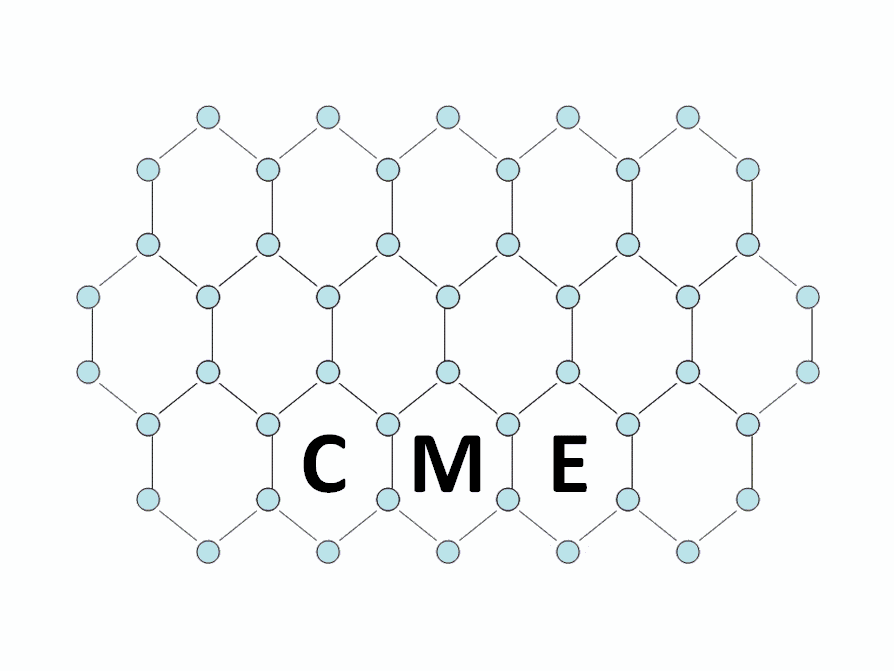
CME as an Ecosystem
The ACCME (Accreditation Council for Continuing Medical Education) invites CME providers
to play an important role in helping to narrow the performance gaps of practicing clinicians.
In the contemporary health care environment, CME needs to serve as a "change agent" -
an ecosystem linked to professional practice that is meant to:
for the sake of continuous quality improvement in health care delivery.
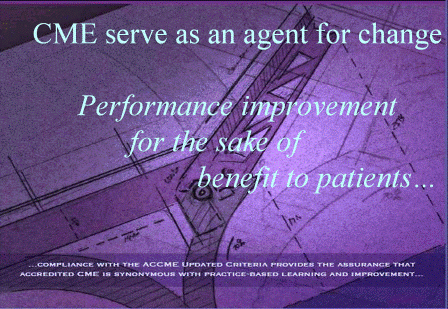
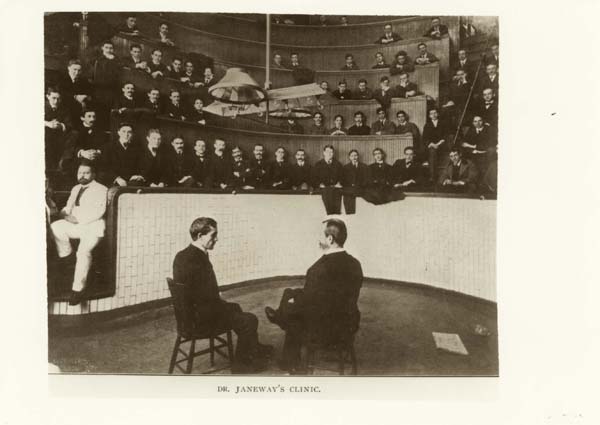
Historical Perspective
CME traditionally was an activity directed to the exchange of information and the transmission of knowledge.
Licensure, specialty certification and hospital credentialing demanded a system that assured the ongoing
acquisition of knowledge by practicing clinicians.
For this type of CME activity, educators simply asked themselves "What interesting topic should we lecture on?"
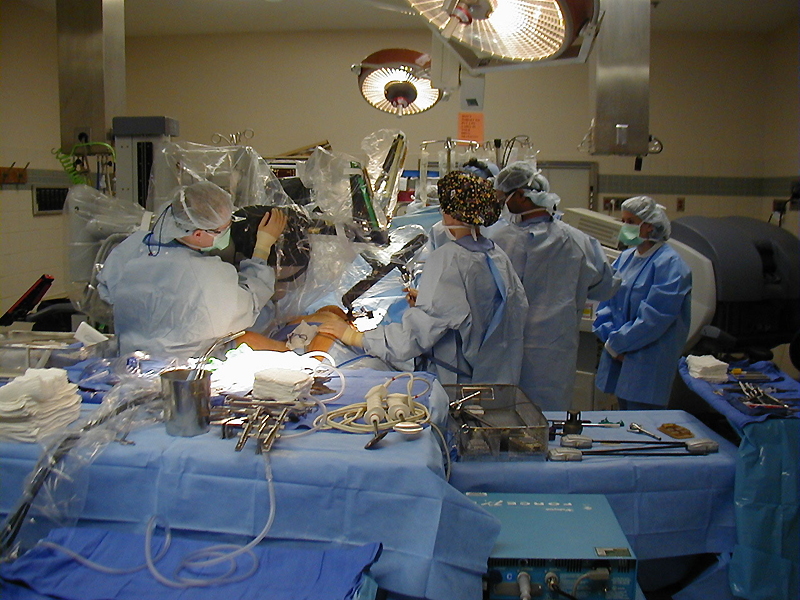
Today...
Contemporary health care is vastly more complex.
Consequently CME needs to be more focused and purposeful.
Clinicians must not only know, they must know how to, and they must do well whatever is called for by the patients they treat.
CME today must play a role at all three levels...
for the sake of improved patient outcomes (quality improvement).
CME has a stake in providing clinicians with not only knowledge but practical and targeted strategies that can change
behavior and enhance performance in everyday practice.
Providers of continuing medical education are now being challenged to ask their learners:

What ACCME requires...
|
Planning your CME Event: Performance Gap Analysis |
|
Developing your Educational Activity Creating Evidence-based content |
|
Analyzing the Impact of your Activity Gathering information on changes in knowledge, confidence, intent to change practice, measure performance |
|
Setting your Plan for the Future to Address Ongoing Gaps, and Educational Needs |
These requirements are reflected in each of the steps of the Application that you submit for approval of your CME Activity.

Step I: Planning Your CME Event
Practice Gap Analysis and Assessing the Needs of Your Learners
Why am I doing this educational activity?
This is the critical question that should be the starting point for any CME activity.
In the answer to this question lies the relevance of your activity to the needs of your audience,
and the potential for effecting change in your learner's performance.
CME planners should query themselves in the following fashion:
This is the part of educational planning that is about practice gap analysis and needs assessment.
Practice gaps are expressions or manifestations of a need on the part of the clinicians who are your learners.
You are encouraged to investigate real practice gaps and practice-based needs for your activity by taking advantage of internal and external sources of performance data:
Having identified and quantified a practice gap that you wish to address in your activity, you reflect on the educational needs that underlie the problem.
The need may be a need for new information, but it may be a need to provide clinicians with practical strategies, behavioral skills, or system improvement information.
These needs must be given consideration in your educational planning of CME.
Having named the various educational needs, you then choose which need(s) you will focus on in your activity.
You are then expected to develop and articulate concrete learning objectives linked to the needs you have identified among your learners.
This process has a funneling effect going from broad and general to more specific:


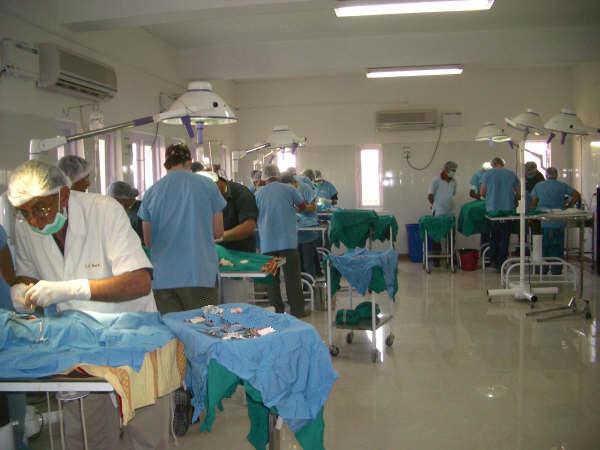
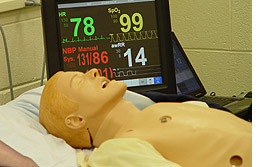

Step II: Designing your CME activity
Developing Your Content and Choosing an Effective Educational Format
Having selected the educational needs that you will address, you then develop the evidence-based content and choose the format of your activity.
The traditional CME activity targets knowledge-based needs and then, typically, employs a lecture as the educational delivery format.
But when seeking to address learners' needs that are more performance-based, might not learning activities that are more hands-on
such as simulations, role play, panel discussions be called for?
We invite you to consider including more dynamic learning formats into your CME activities where appropriate.

Step III: Assuring the Integrity of the Educational Process
"The concepts of independence from industry and collaboration with industry in the development of CME content are mutually exclusive.
Although commercial interests may provide commercial support for educational activities as defined by the ACCME's Standards for Commercial Support,
there is no role for ACCME-defined commercial interests in the content-planning, development or evaluation of accredited CME activities." (ACCME)
This defines the "independence" of CME.
The steps required by ACCME to assure independence from commercial support included:
*Loyola University Medical Center, as a not-for-profit entity, does not allow vendors or exhibits on-site during CME events (PS 11)

Step IV: Assessing the Impact of Your Activity
You began the process of planning your CME activity by exploring the practice gaps relevant to your learners and
choosing a performance area that you wished to address.
You identified the learning needs of your targeted audience related to that clinical problem and then developed the
learning objectives that you wished to focus on in your CME event.
You tailored the learning environment and the educational format of your activity to be the most effective means for
participants to learn what they needed.
You put on your event, meeting or conference and hopefully it all goes successfully!
But at this point you really don't know whether you've accomplished your goal.
You still have a responsibility to evaluate the impact of your activity.
The goal is to see whether you enhanced the learners confidence or competence, changed their practice behaviors, or impacted
health outcomes in their patient populations.
The Office of CME at Stritch works with you to gather data related to these types of outcomes, in order to get information on the impact
of your activity.
This process fulfills the Plan, Do, Study, Act cycle espoused by Deming et al. that should govern all activities.

We thank you for taking the time to learn what we believe is relevant for you know as a CME Course Director...
[Please proceed to the final page to check your grasp of this material]

Check Your Knowledge
Click on the icon below to quiz yourself

